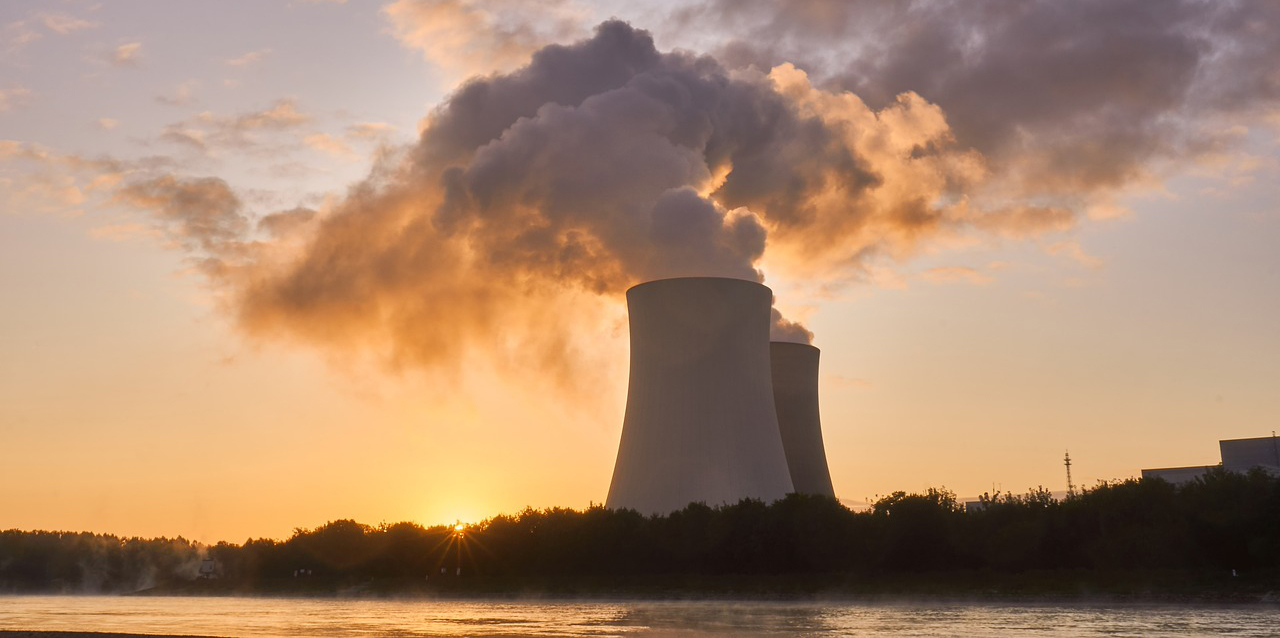Molten salt reactors, also known as TMSRs, are an exciting new technology that has the potential to provide a wide range of advantages, including improved safety, increased energy efficiency, and less waste output. These reactors get their energy from a liquid fuel combination that includes thorium that has been dissolved in fluoride salts. Because of this, the temperature can be controlled more precisely, and there is less of a chance of the reactor melting down. TMSRs function at higher temperatures, which results in greater thermal efficiency. Additionally, they can be built to consume current nuclear waste, which reduces the negative impact that nuclear energy has on the environment.
The major source of fuel for TMSRs is thorium, which is a material that occurs naturally in the environment. When thorium is subjected to neutrons, it goes through a series of nuclear processes, and at the end of the process, it transforms into uranium-233, which is a fissile element and has the ability to maintain a nuclear chain reaction. Because the fuel mixture in TMSRs is in a liquid condition, the removal of fission products and subsequent processing may take place in a continuous manner. The fuel is moved around the core of the reactor, which transfers heat to a secondary loop that ultimately results in the generation of electricity.
TMSRs are distinguished from ordinary reactors by their inclusion of safety mechanisms and their lower risk. Their state as liquid fuel makes passive cooling possible, which lowers the likelihood of overheating and meltdowns occurring. In the event that there is a loss of power, the installation of a freeze stopper assures that the fuel will drain into a containment chamber, therefore averting catastrophic mishaps.
In comparison to traditional reactors, TMSRs are able to achieve greater thermodynamic efficiency as a result of their operation at higher temperatures. This indicates that they are able to create more energy while using the same quantity of fuel, making them more efficient in their use of resources and more sustainable over the long term. Conventional nuclear reactors have a number of serious issues, including those related to waste management and environmental effect. TMSRs have the potential to help ameliorate this problem by consuming nuclear waste as part of their fuel cycle. This has the effect of considerably lowering the amount and lifetime of nuclear waste, which in turn minimizes its negative influence on the environment.
Molten salts are a flexible and promising technology that has the potential for a broad range of applications, some of which include the storage of thermal energy, the processing of chemicals, and the operation of nuclear reactors. Beyond the creation of electricity, their adaptability enables them to be utilized in a wide variety of applications, such as desalination, water treatment, the production of hydrogen for industrial uses, and even in space exploration missions.
Energy pioneers in the field of nuclear physics are actively investing in the study and development of TMSRs. This is pushing the broad use of TMSRs, which in turn is being driven by international efforts and partnerships. In order to generate public support and dispel misunderstandings, it is vital to address issues related to safety as well as the public’s perception of such concerns. Effective communication and education on the safety features and benefits of TMSRs are also essential.
Thorium molten salt reactors have a significant amount of untapped potential to be a paradigm shifter in the realm of nuclear energy. Because of their inherent safety features, efficient resource usage, and decreased waste output, they offer an appealing choice for a future that is more sustainable. There is reason to believe that tomorrow will be cleaner and brighter as a result of the devotion of energy pioneers and joint worldwide initiatives. Several nations are participating in the study and development of thorium-based reactors, which are being developed by energy pioneers in the field of nuclear science and technology. Research into thorium-based reactors is being conducted by a number of nations, including India, China, the United States of America, the United Kingdom, Canada, Norway, and the Netherlands.
Thorium-based reactors provide a number of benefits over traditional uranium-based reactors, including a plentiful source of fuel, a reduction in nuclear waste, an improvement in safety, and fewer worries about the spread of nuclear weapons.
Thorium reactors provide a number of benefits over uranium reactors, including an abundant source of fuel, a reduction in nuclear waste, improved safety, and fewer worries about the spread of nuclear weapons. Nevertheless, in order for its implementation to be effective, considerable capital investment, economic viability, regulatory frameworks, interoperability, and scalability will be required. Thorium reactors are currently in the research and development phase, and there are a number of technological hurdles that must be overcome before they can be deployed on a commercial scale.
Uranium reactors provide a number of benefits, the most notable of which are their increased energy density, sophisticated technology, existing infrastructure, and high fission efficiency. However, in order for them to become economically successful, it may take additional time due to the fact that their infrastructure and technology are already well-established. In addition, particular regulatory frameworks are necessary for thorium reactors in order to guarantee both safety and compliance.
As a conclusion, there is no obvious answer to the question of which is “better” between uranium and thorium as a nuclear fuel, as all options have their own set of advantages and disadvantages. Uranium-based reactors are now the most popular option for the generation of nuclear electricity because of their established track records and the infrastructure that already exists for them. On the other hand, thorium offers promise as a solution to the problems of nuclear waste and safety. Both thorium and uranium reactors are now the focus of continuing research and development. Their prospective roles in the future of nuclear energy are contingent on the development of new technologies, as well as economic and regulatory factors.

